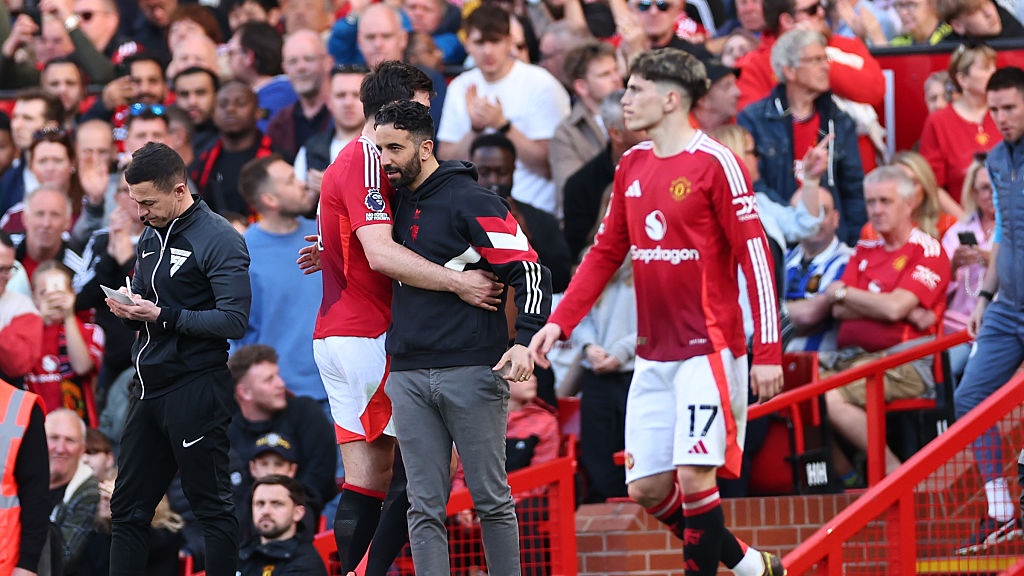Four players who could replace Glen Johnson as England right-back for good
With the Reds' 30-year-old defender injured it's time to look for a permanent successor, says Michael Cox...
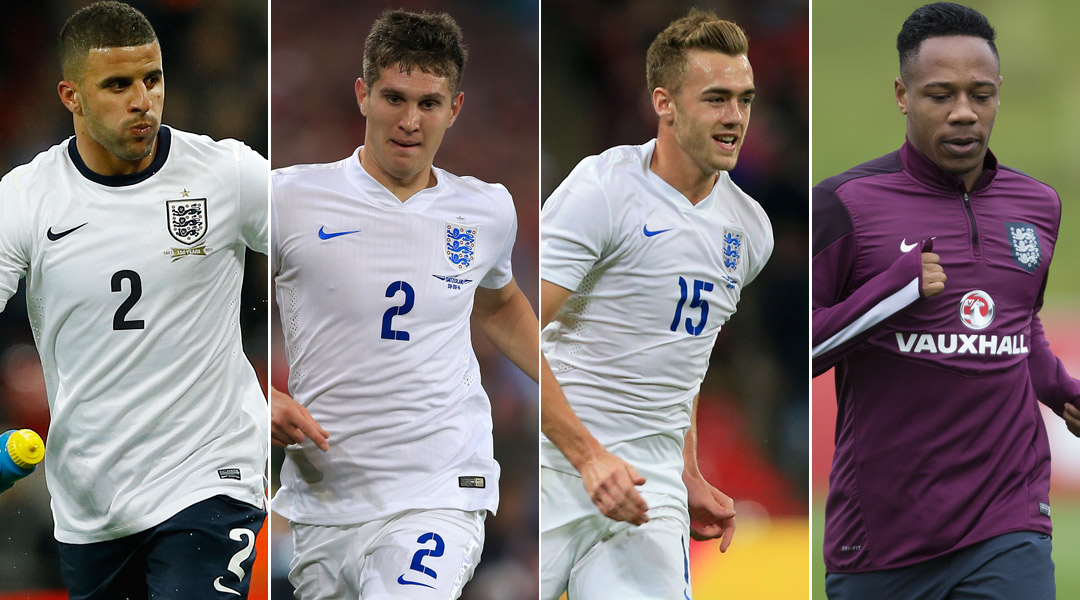
In recent years, few England players have received as much criticism as Glen Johnson. The right-back’s defensive shortcomings have been a constant source of frustration – but with the Liverpool defender currently unavailable through injury, the Three Lions are able to experiment with other options.
In fairness, Johnson’s lapses have tended to come in qualifiers and friendlies, particularly at Wembley, when England were constantly on the attack and Johnson was lured out of position too readily.
In international tournaments he’s been solid – he was England’s second-best performer behind Steven Gerrard at Euro 2012, and others were more culpable as England struggled at the World Cup this year. Indeed, Johnson’s assist for Wayne Rooney’s goal against Uruguay was a rare bright moment in Brazil.
Nevertheless, Johnson is now 30. Having never been world class, it’s probably time for England to move on. Luckily, they have plenty of promising options in that position…
Get FourFourTwo Newsletter
The best features, fun and footballing quizzes, straight to your inbox every week.
Kyle Walker, 24 (Tottenham)
Walker was previously considered Johnson’s natural successor at right-back. A similar type of player to the Liverpool man, the Spurs defender is extremely impressive in a physical sense: tall, strong, fast and energetic. He attacks constantly, primarily with his power and stamina rather than technical quality. The concern, however, is about Walker’s defensive ability: like Johnson, he makes too many unforgivable positional errors, and he’s much better with the ball than without it.
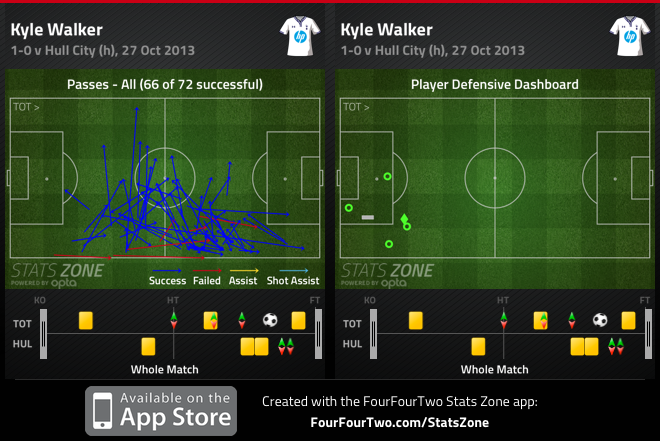
There’s also a feeling that, despite being relatively young, Walker might have missed his best opportunity to impress at international level – he was superb in his first full season at Spurs, winning the PFA Young Player of the Year award and being voted the Premier League’s best right-back in 2011/12.
However, he then missed Euro 2012 through injury, and hasn’t recaptured that form. His only impressive England display since came in England’s penultimate World Cup qualifier against Montenegro, where he linked excellently with Spurs team-mate Andros Townsend down the right but then picked up a needless booking, ruling him out of the final qualifier against Poland, with Chris Smalling his replacement. He then missed the 2014 World Cup through injury and is currently still sidelined. Can he regain lost ground?
John Stones, 20 (Everton)
There’s little doubt Stones has a fine future ahead with England. Roy Hodgson was sufficiently impressed with the youngster to name him as a standby player for England’s World Cup squad, and while Phil Jones recovered in time for the tournament, ensuring Stones flew home even earlier than the rest of the England side, he could be a regular for the next few years.
Stones, like Jones and Smalling, has often been fielded at right-back despite being a centre-back by trade. This is relatively common for young centre-backs, with managers wanting to give them experience without risking untested players in the centre of defence. However, Stones doesn’t really possess the attacking dynamism required for a full-back, and his long-term future is in the middle. He was superb in the recent Merseyside derby at Anfield, making some vital last-ditch clearances.
Ruled out through injury, he will hope to be handed opportunities in the centre next time out.
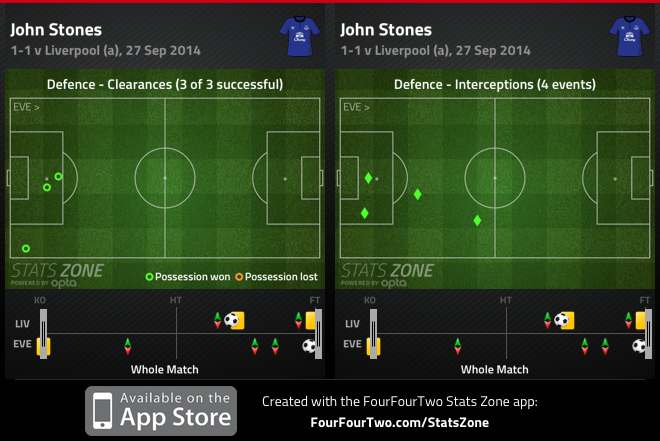
Calum Chambers, 19 (Arsenal)
Despite less than a season’s worth of Premier League experience, Chambers is an England international and a £16 million player, following his move from Southampton to Arsenal. He’s a confident, assured all-rounder, but a question remains about his best position. At right-back he seems to dive into tackles too much – notable in his performance against Chelsea last weekend.
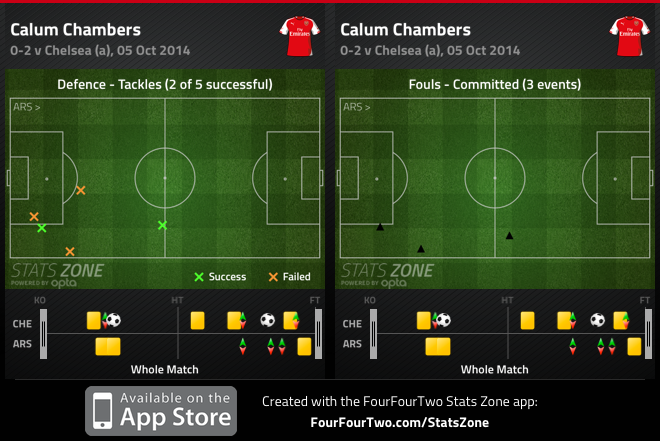
Whereas Stones’ positional future is easy to predict, Chambers doesn’t know his best role yet – although, again, it seems like he could become a central player.
“At centre-back, I feel more confident than at right-back,” Chambers told the Arsenal Programme. “I feel like I read the game better, I feel more assured in myself. Right-back can be more demanding physically, because you have to get up and down the pitch more.
“I’ve been thinking about [my best position] for the past 10 years! I’ve played in every position over that time [...] at the moment, I’m enjoying it at centre-half. I can play in holding midfield as well so I might end up having a go at that too...”
That might prove useful for England, lacking a solid holding midfielder – but again, Chambers might not be the long-term answer at right-back.
Nathaniel Clyne, 23 (Southampton)
Recently handed his first England call-up after a solid couple of seasons for Southampton, Clyne is something different to Stones, Chambers and uncapped Spurs youngster Eric Dier in that he’s not a converted centre-back, but a bona fide right-back.
Much smaller than his rivals for the position at just 5ft 9in, Clyne simply appears more natural in a full-back role. He’s a nippier player with good acceleration and anticipation skills, tracking his opponent tightly and attempting to win the ball quickly.
He’s also excellent going forward, linking intelligently with his right winger – generally overlapping before providing a cross, but also capable of holding his position more centrally while his team-mate hugs the touchline. His passing, too, is extremely reliable.

The only question mark is about Clyne’s raw quality – he hasn’t been tested at the highest level, in a side that is constantly scrutinised. Opposition like San Marino and Estonia won’t provide a great test, but that’s precisely why Clyne deserves to start as his natural full-back play, particularly in an attacking sense, will be more useful than the defensive qualities of other options.
